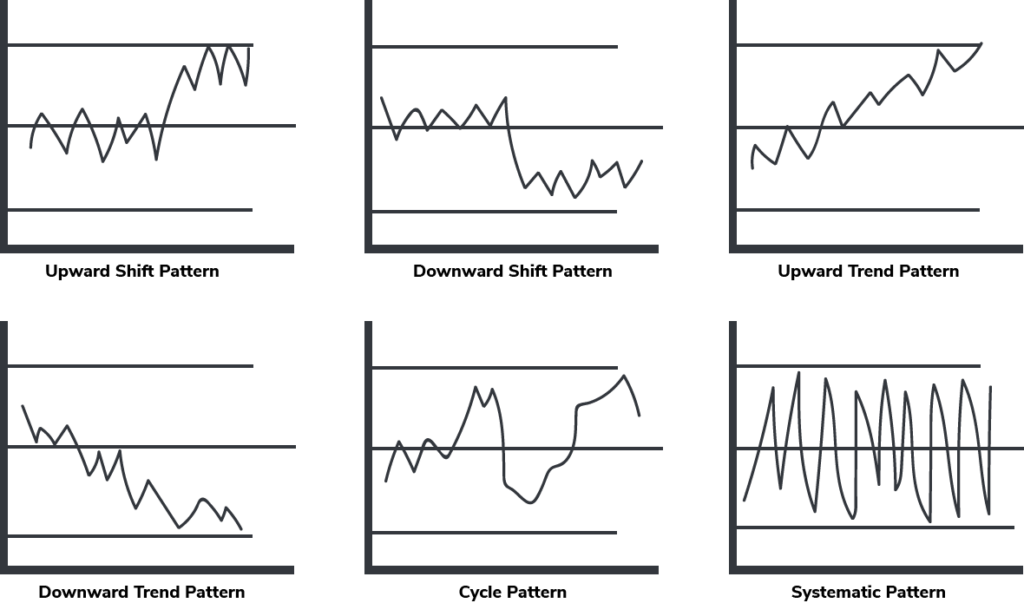Statistical Process Control (SPC) is a method of measuring and controlling quality by monitoring the manufacturing process. Quality data is collected in the form of product, process measurement, and readings and is used to evaluate, monitor, and control a process.
In 1930, the concept of Statistical Control was introduced as a means of quality assurance using control charts and accepting that product as well as process provided data that needed analysis to start focusing on prevention instead of detection. Before, and during the 1920’s quality assurance was focused on unit verification from mass production, measuring the skills of the worker through means of audit and inspection.

The benefits of using Statistical Process Control (SPC) are Continuous Improvements, Increased Process Efficiency (Cpk/Ppk), Quality Cost Reduction including downtime, product interruption, customer complaints or rework, scrap, and Prevention of Quality Issues such as the reduction of overall inspection or audits.
Implementation and deployment of SPC requires organizational commitment across departments and functionality. The key elements of SPC are:

The goal of SPC is to meet or improve any process capability, or simply put, what a process can produce within specification and meeting our customer expectations without any quality issues. SPC can be a very powerful technique when applied correctly but is important to remember it is not a “fire and forget” solution. Although demanding in terms of maintenance and attention, your SPC will show results that are more than worth your teams’ effort. The impact of a proper SPC implementation within your organization can show incredible results and should be one of the first steps if you are having problems with consistency of output, or it’s overall quality.
For more information or to learn more about SPC, browse our training programs. Plexus International designs, develops, and delivers internationally accredited, industry-recognized training programs for the global manufacturing supply chain with one critical goal: real performance improvement.
This Live Virtual Workshop will help you establish a foundational knowledge base to analyze your manufacturing system and enhance its effectiveness.
Improve the control methods within your manufacturing system through this introduction to SPC.
The purpose of Measurement System Analysis (MSA) is to qualify a measurement system for use by quantifying its accuracy, precision, and stability. MSA is an experimental and mathematical method of determining how much variation within the measurement process contributes to overall process variability.